Charles Missir’s first known ancestors are Zephirine Missir and her son Abraham Missir who came to Smyrna around 1740, at the time of Christian persecutions in Persia.
Livio Mamachi Missir de Lusignan has done extensive research into the family genealogy and backgound in the late 1960s and produced a book with all available information.
Despite the destruction of parish archives of the church of St. Marie of Smyrna he was able to trace Abraham Missir (1712-1783) and his mother Zephirine (1671-1743). Her tombstone had been in the courtyard of the church of St. Marie and on it was mentioned her son Abraham. This was badly damaged in 1922 and disappeared along with others in 1935.
Studies of Armenian archives by the Mekhitariste Fathers of Venice and Vienna, collected and published, show the family tree of the Missir family dating back to the XlV century, at the time of the union of Qmay and Armenia (1330) and the creation of the Catholic bishopric of Naxivan or Nakhitchevan which is now part of Azerbadjan in Transcaucasia. So far no link has been found to the Missirs in Roumania and Poland or to the Missirs, Missiriis and Missirians of Constantinople or other parts of Asia Minor, nor the Missirians of Trebizond, who abbreviated their name to Missir and settled in Marseilles.
The exodus of Armenian Catholics following wars between Persia and the Ottoman Empire from the XVll to the XVlll centuries are well chronicled. The exodus of Catholic Armenians (known as “Persians”) from Naxivan to Smyrna started as early as 1718 but the big exodus was between 1740 and 1750. It is believed that a list of families arriving from there had been carved in stone and existed in the church of St. Polycarpe but so far this has never been found.
Abraham Missir’s family had very strong links with the church of Rome. They were the keepers of a very precious Christian relic, the spear of the Holy Lance of Longinus, brought to Smyrna by the family. This relic was known to have been kept in a chapel in the home of Abraham Missir in the rue d’Abraham later known as Fuadiye sokak. All the properties on that road have now disappeared and the relic is now preserved by the Dominican Fathers in Izmir.
Abraham Missir arrived in Smyrna with his mother Zephirine around 1740. He was a very successful businessman and property owner. Although Catholic “Persians” he and his mother were given citizenship by the Sultan. He married Ursule Calavassy in Smyrna about 1747. They had 5 sons. The three eldest, Isaac, Jacob and Dieudonné were businessmen. The fourth, Alexandre was a Dragoman for France under Napoleon lst and founded the French branch of the family. The youngest, Jérémie, was the first Dragoman for Sardinia as well as Consul for Sardinia and founder of the Italian branch of the family and an ancestor of Livio Mamachi Missir de Lusignan.
Many members of the family were Catholic priests, bishops and archbishops notably Mgr Etienne or Stephano Missir. He studied in Rome and was ordained in 1832. He was made Vicar of St Polycarpe in Smyrna and in 1834 Rector of the Greek College in Rome. He was given the title of Archbishop of Irenopolis in the Greek church of St. Athanasse in Rome on March 12 1837 at the age of 37. Despite his acute reluctance he was forced to follow the Byzantine rites by the then Pope lX. Very involved in assisting Pope lX in preparing the proclamation of the Immaculate Conception, he was also Adviser in the affairs of the oriental church. In 1862 the Senate of Rome accorded him citizenship. Sadly he died in 1863 before the lst Vatican Council not achieving all he might have wished.
Charles Jean-Marie Missir, eldest son of James Charles Jean-Elie Missir and Eleonore-Marie Guidici, was born in Smyrna on 22 November 1842. He lived and worked in New York for over 5 years and in the1890’s obtained the American nationality. He married Julia Heller in Boudja in 1903, daughter of Hermann Heller (Austrian carpet trader) and Ida Jubelin.
Charles Missir was a successful businessman dealing mainly in dried fruit exported to the United States. Amongst other things he built the Smyrna Theatre situated near the quayside. The interior was a smaller version of the Opera in Paris. It attracted top artists, theatre and opera companies from Europe. A great lover of innovations he was one of the first to install full central heating in his home in Boudja, import the latest car, etc.
Charles and Julia Missir had four daughters: Hilda, Winnie, Elsie and Molly, who was born after 1922. Charles with his wife Julia and their three eldest daughters were evacuated, at the time of the fire in Smyrna, on a U.S. naval ship leaving most of their valuable belongings stored in the Theatre.
The family returned to Smyrna to find their belongings burned in the fire that destroyed the Theatre. Their home in Boudja was untouched and like many other families they tried to pick up the threads of life again. The dried fruit business was non-existent due to the exodus of all the Greek farmers and starting a new venture was no easy task. Their fourth daughter Molly was born in 1923. Charles fell seriously ill and refused to take his wife’s advice and go to Vienna where he had previously been treated. He was determined to make a go under the new regime. He died in May 1927 after witnessing his eldest daughter Hilda’s marriage, at his bedside, to Henry Richard de Jongh, son of Henry and Dora de Jongh of Boudja.
Julia Missir, with her daughters Elsie and Molly, came to live in Athens where her daughter Hilda was now living, Winnie remained in Boudja, married to Harold Parkinson. Elsie later married Eugène Aliotti, son of Baron Alfred Aliotti. At the end of World War ll Molly went to the United States where she eventually settled and married. Her mother, Julia followed and died in New England in 1964.
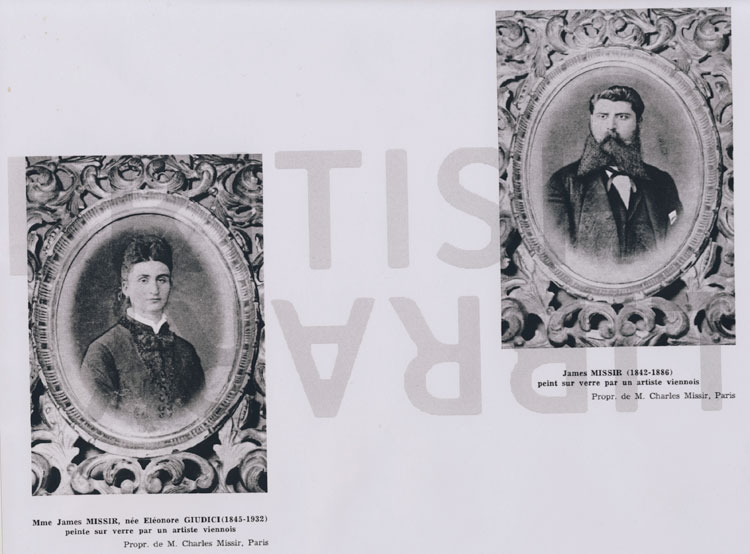 |
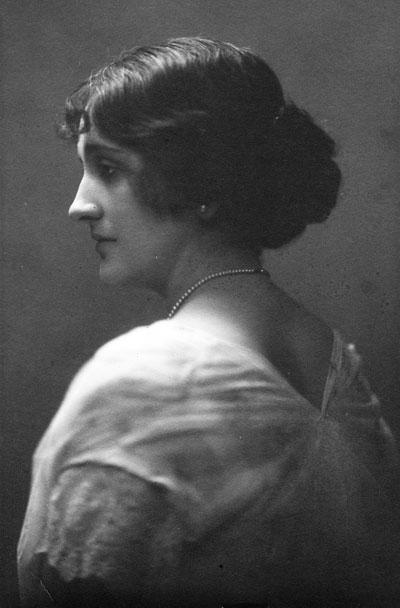 |
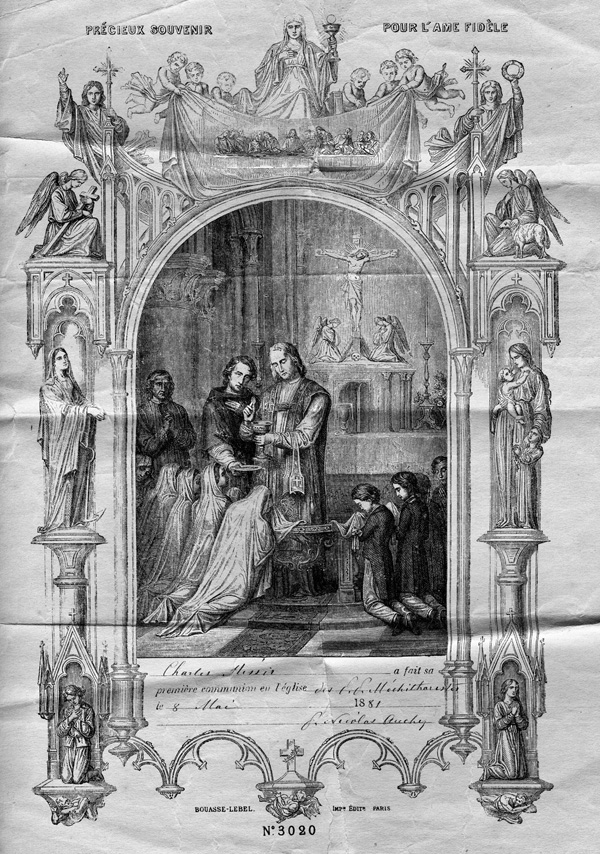 |
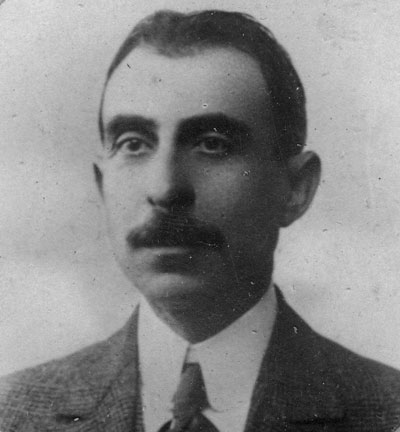 |
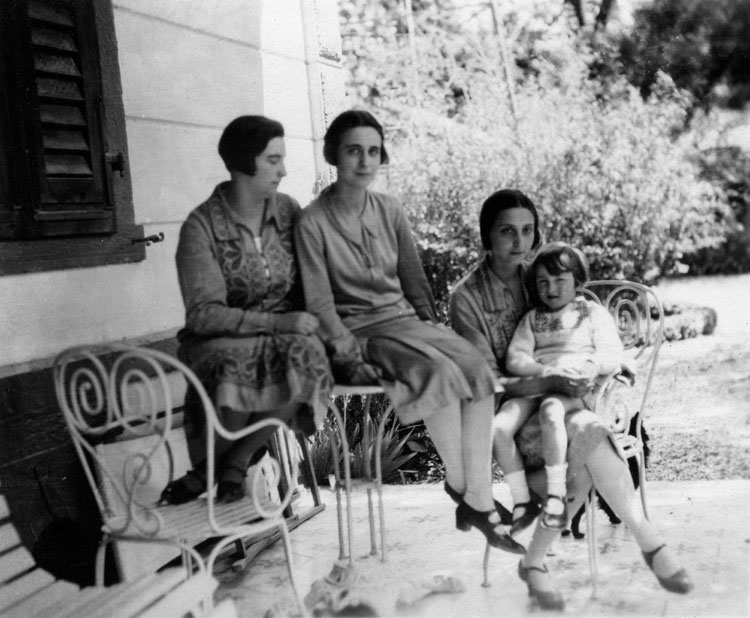 |
Further archive Missir family photographs - Winnie Missir letter sent in 1922, describing the situation of the time